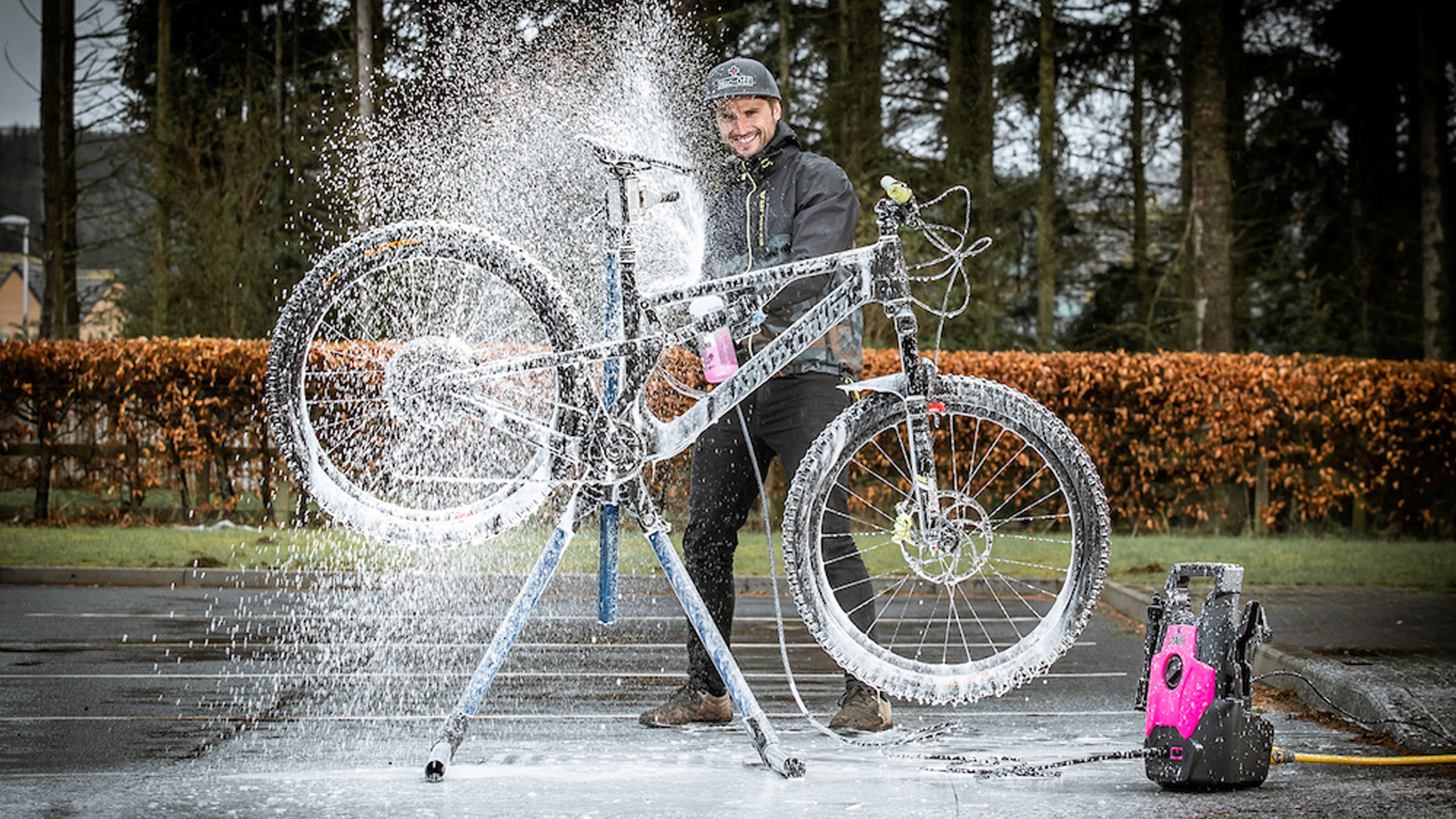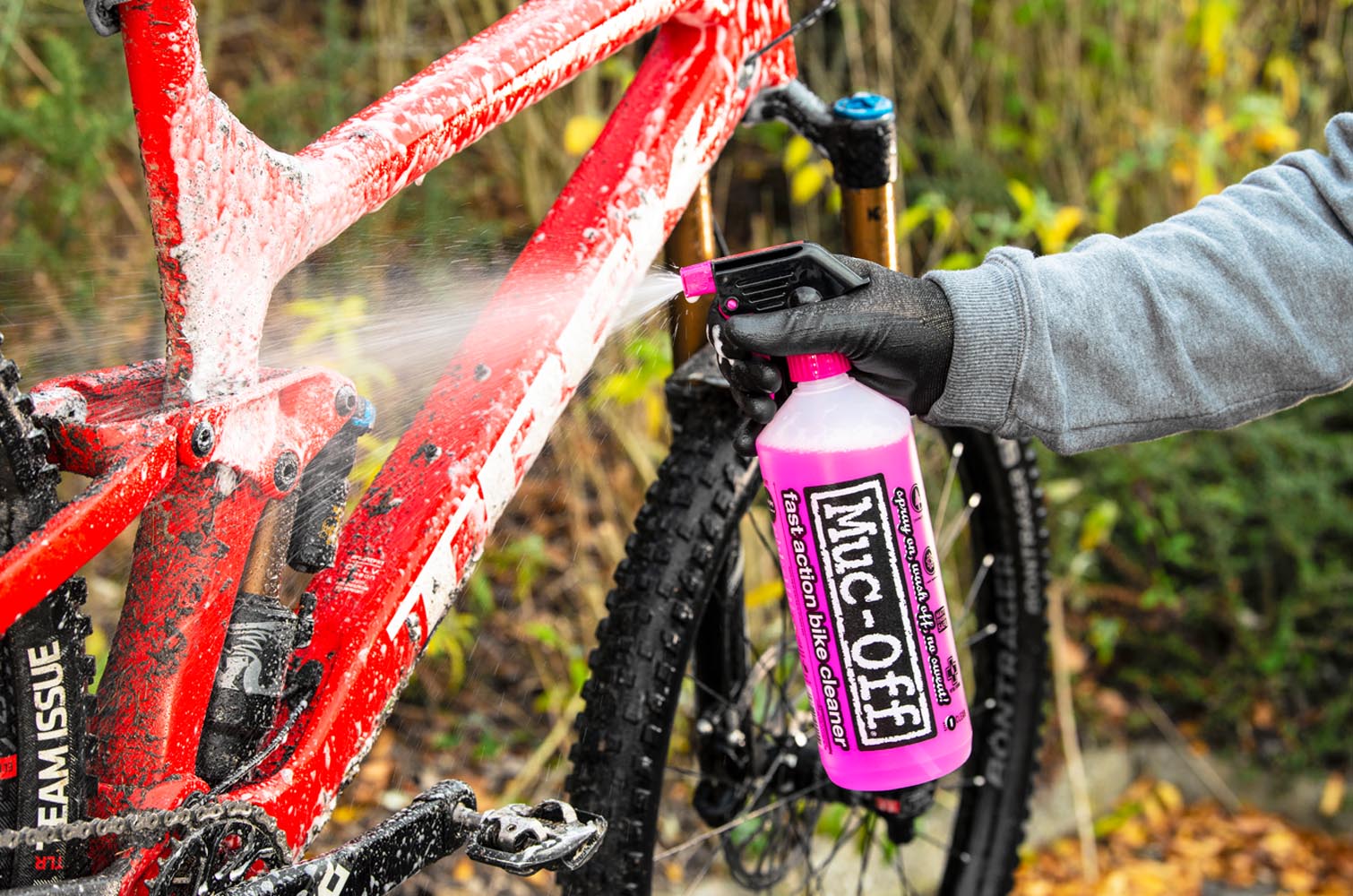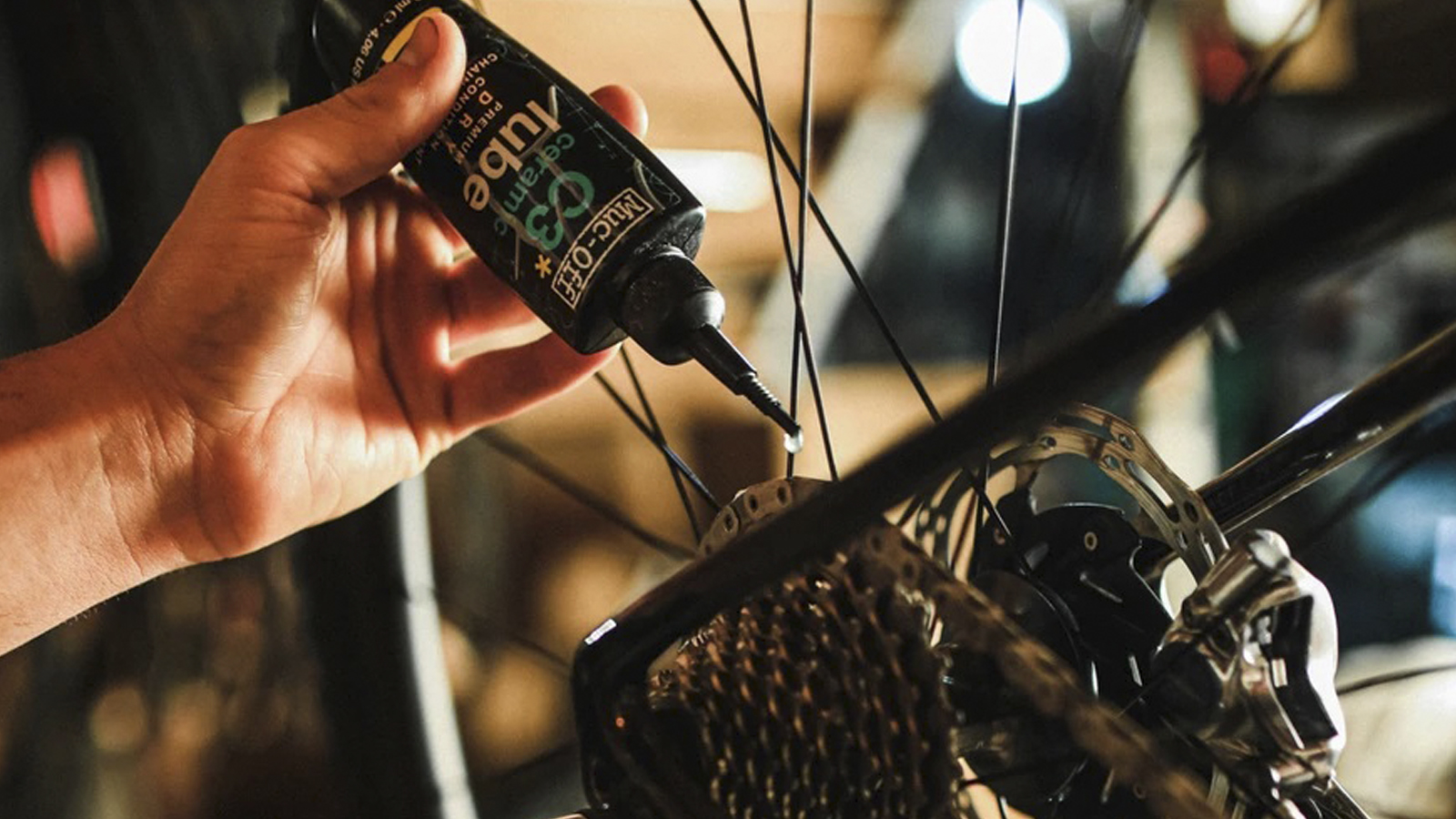How to clean a mountain bike – six simple steps that will give you a gleaming ride
Regularly cleaning your mountain bike is important to improve performance and lifespan. Luckily the whole process is relatively simple

Mountain bikes are machines, and mountain bikers take these machines into dirty conditions. Whether it’s dry dust or sloppy mud, there comes a point after a few rides when a mountain bike must be cleaned in order to ensure optimal performance and increased lifespan of the components.
Why is it important to clean your bike? Mountain bikes have lots of moving parts that are exposed to the conditions, and when these parts get dirty—such as drivetrain components—they become less efficient and wear down more easily. Plus, a clean bike, with no sounds or snags, leads to a more pleasant ride.
You don’t need tons of specialized equipment to clean a bike. A garden hose, some soap, a cloth rag, and a bottle of chain lube will get the job done, however, some products like a bike stand can make the whole process a lot easier. We’ll go over all of this in the following step-by-step guide on how to clean a mountain bike.

1. Wash your bike
Place your bike in a bike stand or against an outdoor wall. Some riders prefer pressure washers but plenty just use a plain old garden hose.
Either way, be careful where you spray pressurized water, as it can damage the bearings on your bike and seals on your suspension. Avoid spraying it directly into suspension pivots, the bottom bracket, wheel hubs and headset, as well as into the outer cable housing.
For the initial wash, coat your bike in water and try to dislodge any large pieces of dirt or mud that are stuck. Full-suspension bikes can be harder than hardtails to clean since they have more complicated frame designs and thus more places for dirt and grime to hide.

2. Soap it up
There’s nothing wrong with using a standard dishwashing soap on your bike, as some brands are actually pretty good at removing grease and grime. Otherwise, there are tons of bike-specific soaps and washes. Either way, it’s a good idea to only use soap or wash that is biodegradable.
There are a number of options for how to apply the soap and scrub it around, ranging from a simple rag to specific brushes. Many brands offer their bike washes in spray bottles, which makes things easier.
Apply the soap, and then scrub with a non-abrasive brush. There are also smaller, more abrasive brushes that are designed specifically for the drivetrain, as well as heavier degreasers that can be used for deeper cleaning days.

3. Rinse it clean
Once everything is nice and soapy, all you have to do is spray the bike off with the hose again. You might choose to go over some spots with soap again to get rid of any stubborn dirty patches.
When rinsing off the bike, it’ll be easier if you go from top to bottom. All of the soapy, grimy water will drip downwards, so this ensures that nothing is left behind, and your drivetrain is squeaky clean.
4. Dry it off
If you leave your bike wet for a long period of time, the metal parts might start to rust, which is obviously not the best for your bike.
Some people prefer to dry their bike with a towel, or others might just ride it around the block for a few minutes. On a sunny day, it won’t take long to dry. Giving the bike a wipe down with a cloth will help clean up any residue and give a better finish.

5. Lube where required
You've just scrubbed all the oil off your drivetrain, so it’s important to lube it again.
The general process for lubing a chain is to apply oil to the entire length of the chain, and then wipe off any excess so it doesn’t attract dirt. Start at the master (joining) link and apply lube to the inside of the chain.
Be careful not to add too much lube as this will waste it and create unnecessary mess. It's also vital you don't get any on your disc rotors as this will permanently contaminate them along with the brake pads. Different lubes have different curing times, so make sure you read the instructions on the bottle of your chain lube of choice.
6. Finishing touches
This step is totally optional, though many riders like to include it. Once your bike is clean and dry, you might want to finish it off with a buff and shine, using some kind of bike polish.
They usually contain some sort of wax which helps to repel water and help stop mud sticking to your frame during future rides, and leaves your bike liking shiny and new.
With a nice clean bike, it’s now easy to do any maintenance jobs such as adjusting those brakes that keep rubbing.
It’s also good practice to periodically check the bolts on your bike to make sure nothing has come loose. If everything looks good, then you can now enjoy a clean, quiet ride.
Ryan Simonovich has been riding and racing for nearly a decade. He got his start as a cross-country mountain bike racer in California, where he cultivated his love for riding all types of bikes. Ryan eventually gravitated toward enduro and downhill racing but has also been found in the occasional road and cyclo-cross events. Today, he regularly rides the trails of Durango, Colorado, and is aiming to make a career out of chronicling the sport of cycling.
Rides: Santa Cruz Hightower, Specialized Tarmac SL4

